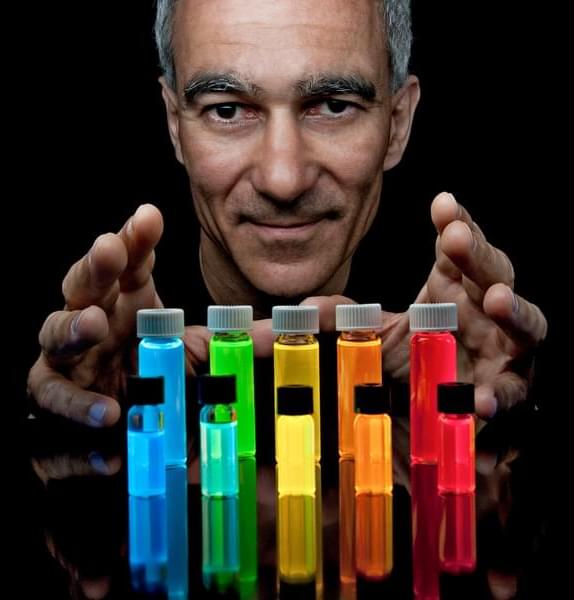“These simulations do not allow you to go back and alter your past, but they do allow you to create a better tomorrow by fixing yesterday’s problems today.”
Researchers at the University of Cambridge have demonstrated.
Quantum entanglement is a fundamental and intriguing phenomenon in quantum mechanics. It occurs when two or more particles become correlated in such a way that the state of one particle cannot be described independently of the state of the other(s), even when they are separated by large… More.
DKosig/iStock.









